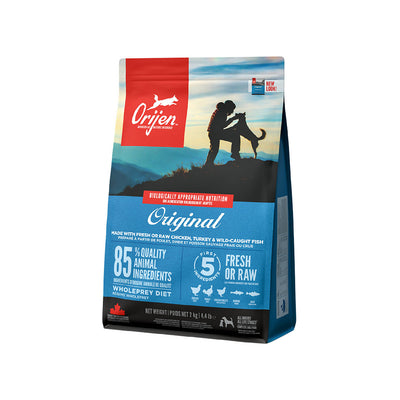According to officials, the third Asian Waterbird Census (AWC) for the National Capital Region (NCR), which began on Tuesday at the Dhanauri wetland in Greater Noida, Delhi found a rise in the number of water birds but a decline in the diversity of species.
On Day One, the team of officials, which included volunteers and forest service officers, counted 2,459 numbers of birds and around 30 different species. There were 20 resident bird species, 20 winter migratory bird species, and five vulnerable bird species among them. In the year 2021, the AWC documented 1,344 birds and 48 different kinds of species. There were 20 species of resident birds, 28 species of winter migratory birds, and four vulnerable bird species.
Black-necked Stork, Wooly-necked Stork, Sarus Crane, Black-headed Ibis, and Common Pochard were among the International Union for Conservation of Nature (IUCN) red-listed 'Threatened Species' recorded in Dhanauri.
The Dhanauri wetland is home to a lot of winged immigrants during the winter. As opposed to the Okhla bird sanctuary and Sarajpur wetlands it’s a stand-alone wetland, however, it is not protected by any forest department. The officials stated that due to excessive rainfall this year the number of birds that have migrated to the wetlands is nearly double as compared to last year. Unfortunately, this year the number of species that migrated to the wetland have reduced,
The wetlands are surrounded by villages and crop fields; it has a spread across 101.21 hectares of area. It is considered as one of the best habitats for waterbirds especially the Sarus crane (the state bird o UP) by many bird enthusiasts.
While speaking to the Hindustan Times, the Delhi state coordinator of AWC, TK Roy said that the wetlands were discovered by a few local birders in recent years. The wetlands came into existence only if the area receives good rainfall. It usually dries up in summer and all that’s left is little ponds. This is because it doesn’t have an independent water source.
The wetland's periphery has become a marshland, primarily overgrown with aquatic weeds, and other places have completely dried out, revealing a tall dry grassland. As a result, there isn't much room in the wetland to accommodate more water birds.
The "lower number of species" in the wetland this year could be due to a number of factors, including water hyacinth covering the wetland surface, a shrinking surrounding region, a dried-up marshland resting area, and cattle grazing on the grassland of the dry wetland.
Wetlands International, in collaboration with the WI South Asia and the Bombay Natural History Society, conducts one of Asia's largest annual waterbird counts in January.


















![5 Fun Facts About [Popular Pet Breed]](http://www.petkonnect.in/cdn/shop/articles/5_Fun_Facts_About_Dog_Pet_Breeds.png?v=1716969117&width=400)


